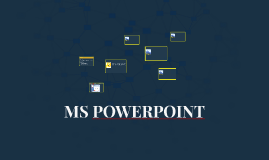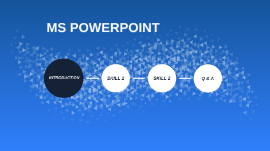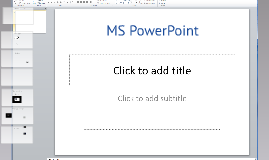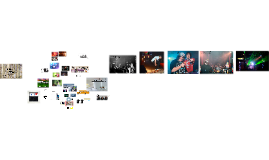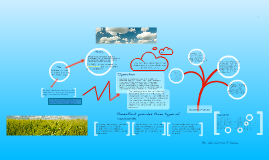MS PowerPoint
Transcript: Microsoft PowerPoint, usually just called PowerPoint, is a commercial presentation program developed by Microsoft It is part of the Microsoft Office suite, and runs on Microsoft Windows and Apple's Mac OS X operating system. The presentation can be printed, displayed live on a computer, or navigated through at the command of the presenter. For larger audiences the computer display is often projected using a video projector. Slides can also form the basis of webcasts. you can also place links and animations in your slide show if you want to :) PowerPoint provides three types of movements Entrance, emphasis, and exit of elements on a slide itself are controlled by what PowerPoint calls Custom Animations Transitions, on the other hand are movements between slides. These can be animated in a variety of ways Custom animation can be used to create small story boards by animating pictures to enter, exit or move. The Microsoft Office PowerPoint Viewer is a program used to run presentations on computers that do not have Microsoft PowerPoint installed. The Office PowerPoint Viewer is added by default to the same disk or network location that contains one or more presentations you packaged by using the Package for CD feature. The PowerPoint Viewer is installed by default with a Microsoft Office 2003 installation for use with the Package for CD feature. The PowerPoint Viewer file is also available for download from the Microsoft Office Online Web site. Presentations password-protected for opening or modifying can be opened by the PowerPoint Viewer. The Package for CD feature allows you to package any password-protected file or set a new password for all packaged presentations. The PowerPoint Viewer prompts you for a password if the file is open password-protected The PowerPoint Viewer supports opening presentations created using PowerPoint 97 and later. In addition, it supports all file content except OLE objects and scripting. The PowerPoint Viewer is currently only available for computers running on Microsoft Windows. Versions 1997 PowerPoint 97 (version 8.0) — (Office 97) 1999 PowerPoint 2000 (version 9.0) — (Office 2000) 2001 PowerPoint 2002 (version 10) — (Office XP) 2003 Office PowerPoint 2003 (version 11) — (Office 2003) 2007 Office PowerPoint 2007 (version 12) — (Office 2007) 2010 PowerPoint 2010 (version 14) — (Office 2010) 1987 PowerPoint 1.0 for Mac OS classic 1988 PowerPoint 2.0 for Mac OS classic 1992 PowerPoint 3.0 for Mac OS classic 1994 PowerPoint 4.0 for Mac OS classic 1998 PowerPoint 98 (8.0) for Mac OS classic (Office 1998 for Mac) 2000 PowerPoint 2001 (9.0) for Mac OS classic (Office 2001 for Mac) 2002 PowerPoint v. X (10.0) for Mac OS X (Office:Mac v. X) 2004 PowerPoint 2004 (11.0) for Mac OS X Office:Mac 2004 2008 PowerPoint 2008 (12.0) for Mac OS X 2010 PowerPoint 2011 (14.0) for Mac OS X 1993 PowerPoint 4.0 (Office 4.x) 1995 PowerPoint for Windows 95 (version 7.0) PowerPoint presentations consist of a number of individual pages or "slides". The "slide" analogy is a reference to the slide projector. Slides may contain text, graphics, sound, movies, and other objects, which may be arranged freely. PowerPoint, however, facilitates the use of a consistent style in a presentation using a template or "Slide Master". POWERPOINT VIEWER ... small Microsoft OS Mac OS 1992 PowerPoint 3.0 for Windows 3.1 Melody Austin and Thomas Rudkin of Forethought, Inc. Originally designed for the Macintosh computers, the initial release was called "Presenter". (cc) photo by theaucitron on Flickr (cc) photo by theaucitron on Flickr By: John Christian P. Genova 1990 PowerPoint 2.0 for Windows 3.0 In 1987, it was renamed to "PowerPoint" due to problems with trademarks History Operation Big and.... Title Welcome to this introduction about Ms Power point






